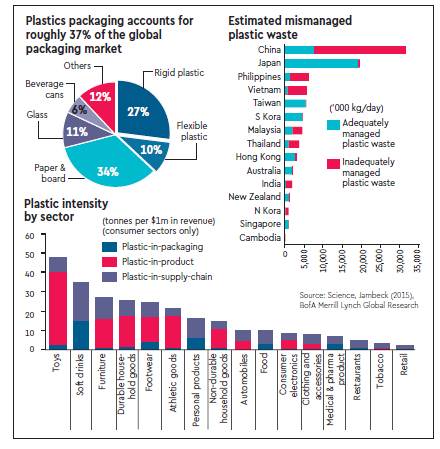7667766266
enquiry@shankarias.in
What is the issue?
Consumption of plastic in the Asia-pacific region is getting higher and hence companies need to demonstrate their own reduction commitments.
What is the background?

What are the concerns?
What is the reason behind low plastic waste collection rate across the world?
What should be done?
Source: Financial Express